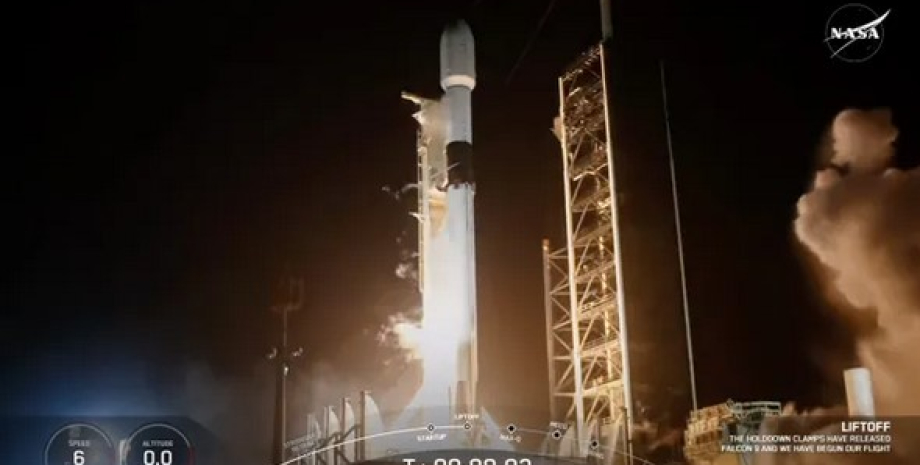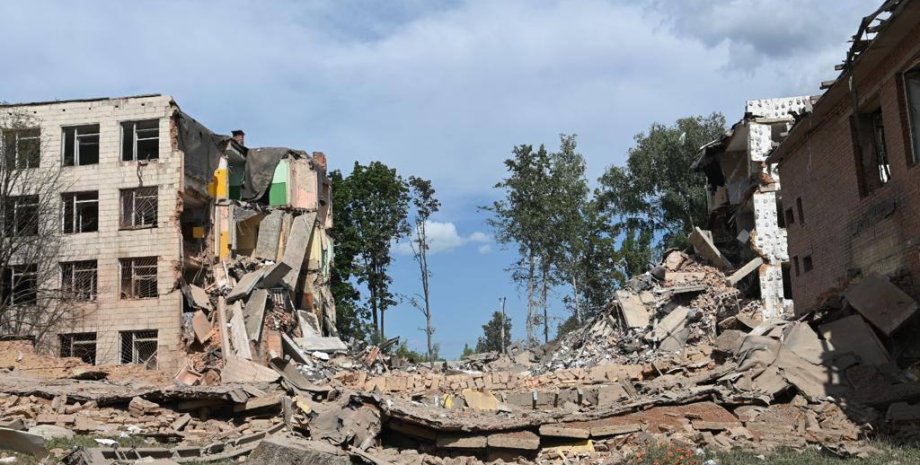
 By Eliza Popova
By Eliza Popova
Both modules after landing on the moon will conduct important scientific research that should improve the understanding of the Earth's satellite, Space writes. In focus. Technology has appeared its Telegram channel. Subscribe not to miss the latest and most intrusive news from the world of science! Both planting modules were successfully deployed in space after launch and will soon begin their journey to the moon to land on its surface.
On board Blue Ghost is 10 research and technological useful loads of NASA, designed for further study of the lunar environment, since the US space agency plans to send astronauts a month under the Artemis program in 2027. The Firefly Aerospace monthly module will rotate around the Earth for 25 days, then it will need it for four days to get out in orbit around the moon, where it will rotate for another 16 days. After that, the Blue Ghost module should land in the sea of crises on the moon.
The module will have two weeks to conduct scientific research until the day has a day and solar panels will receive enough solar energy to charge the batteries. Before the module arrives on the moon, the scientific devices on its board will measure the particles of the solar wind in the Earth's magnetic field, test the computer equipment resistant to space radiation and use existing GPS satellites to navigate around the moon.
On the surface of the moon, NASA tools will analyze the lunar region and electrical conductivity below the surface of the moon, as well as test the reflective lasers to measure the distance of the month from the Earth. More accurate measurements between the moon and the earth will help to further improve navigation around the Earth's satellite, as well as on its surface.
One of the NASA tools will check the effect of lunar region or monthly dust on the materials from which they create a space suit, as well as equipment that will help astronauts during the future development of the moon. It is known that regolit can destroy the space suits and disrupt the equipment, and therefore it is important to understand what materials should be used in the future for the month.
The month will also check the new NASA technology, which should help fight the lunar spacecraft and other equipment with dust accumulation on the surface and solar panels. NASA has also sent a special device for a month, which will analyze the impact of the lunar dust on the landing module during its landing. This will help to improve the technology of future man -made spacecraft. As for the resilience module, it will arrive for a month in about 4. 5 months and land in the sea of cold.
The fact is that this module will fly by another trajectory to reduce fuel consumption. One of the main useful loads on board the Resilien module is a small Tenacious moon, which should collect for NASA samples of lunar soil. In total, there are five useful scientific loads on board the ISPACE module. For example, one of the tools should demonstrate the possibility of oxygen and hydrogen from water ice on the moon.
Another tool is designed to test algae growing on the moon as a potential food source for astronauts. As the focus has already wrote, the mystery of strange behavior of stars in the Milky Way is resolved. A new study suggests that the existing model of evolution of the universe may not be quite correct. Focus also wrote that scientists believe that in the distant past in the moon and other satellites of the planets of the solar system were rings.










All rights reserved IN-Ukraine.info - 2022